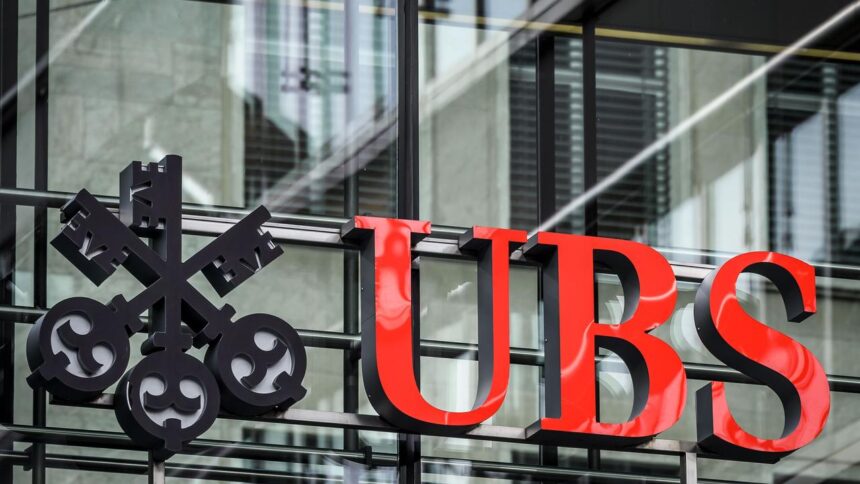
- Swiss banking giant UBS has disclosed a successful test of its UBS Key4 Gold on Ethereum’s layer 2 network ZKSync.
- The simulation was meant to test the optimization of Key4 Gold for Interoperability, privacy, and scalability in addition to enabling clients to use Ethereum-bridged stablecoins to purchase gold.
The biggest bank in Switzerland, UBS, has announced the completion of the Proof-of-Concept (PoC) for its UBS Key4 Gold conducted on Ethereum’s ZKsync test network. According to the report shared on X, this simulation forms part of its strategic initiatives to reach the highest level of optimization for scalability, Interoperability, and privacy while allowing clients to purchase physical gold.
Details of the Exercise
During the exercise, the bank deployed Smart Contracts for the ZKsync Validium testnet. Fascinatingly, this resulted in the imitation of important functions which include gold Issuance, transaction processing, and reconciliation. Per the outcome, this test was a success as the ZKsync Validium mode seamlessly enabled participants to access their activities only. Most importantly, this was verifiable through Ethereum’s L1 bridge smart contract.
Further delving into the report, we found that stablecoins bridged from Ethereum were successfully used to buy gold tokens at a cost-effective rate.

Commenting on this, the co-inventor of ZKsync, Alex Gluchowski, highlighted that the PoC initiative underscores the relentless effort of UBS to explore the use of blockchain to enhance its financial offerings.
I firmly believe that the future of finance will take place on-chain, and ZK technology will be the catalyst for growth. This PoC is a testament to the fact that ZKsync is the ideal home for tokenized assets, building Web3 without compromise. We’re excited to play an integral role in the continued evolution of space.
Key4 Gold remains one of the flagship innovations of UBS, designed to purposely enable retailers to invest in a fraction of gold while accessing several technical features including deep liquidity, secure physical storage, optional delivery, and real-time pricing. Meanwhile, the Key4 Gold project was hosted on the UBS permissioned blockchain – UBS Gold Network.
Experts Commentaries and UBS’s Previous Blockchain Involvement
According to the Digital Assets Lead for UBS Group, Christoph Puhr, UBS is making efforts to cement its role as the leader of innovations through strategic collaboration with key technology providers.
Also, he pointed out the importance of privacy, scalability, and Interoperability in complementing the role of tokenized securities. Meanwhile, ZKSync was reported to be the perfect fit, thanks to the introduction of advanced decentralization and efficiency through Boojum, as indicated in a previous blog post.
Whilst tokenized securities hold a lot of potential to bring new solutions to our clients, scalability, privacy, and interoperability remain key challenges to overcome. Our PoC with ZKsync demonstrated that Layer 2 networks and ZK technology hold the potential to resolve these.
In a separate interview with a Senior Business Development Manager at Matter Labs, Pearl Imbach, it was clarified that UBS’ Key4 Gold already existed on the bank’s private blockchain. However, there was extensive deliberation on scaling the project without compromising its privacy. With the use of ZKsync, Imbach disclosed that the bank would be able to facilitate some activities in the future.
UBS’ engagement with blockchain technology is not new. In 2024, the Swiss Bank and SBI Digital Markets completed a pilot program using Chainlink’s Cross-Chain Interoperability Protocol (CCIP). As mentioned in our previous news brief, the program was meant to streamline tokenized fund operations across different chains.
The bank has also maintained a consistent position on blockchain for a long time as its former Chairman, Axel Weber, predicted in 2017 that the idea of a digital ledger would be globally accepted, as featured in previous coverage.





